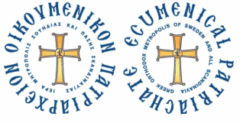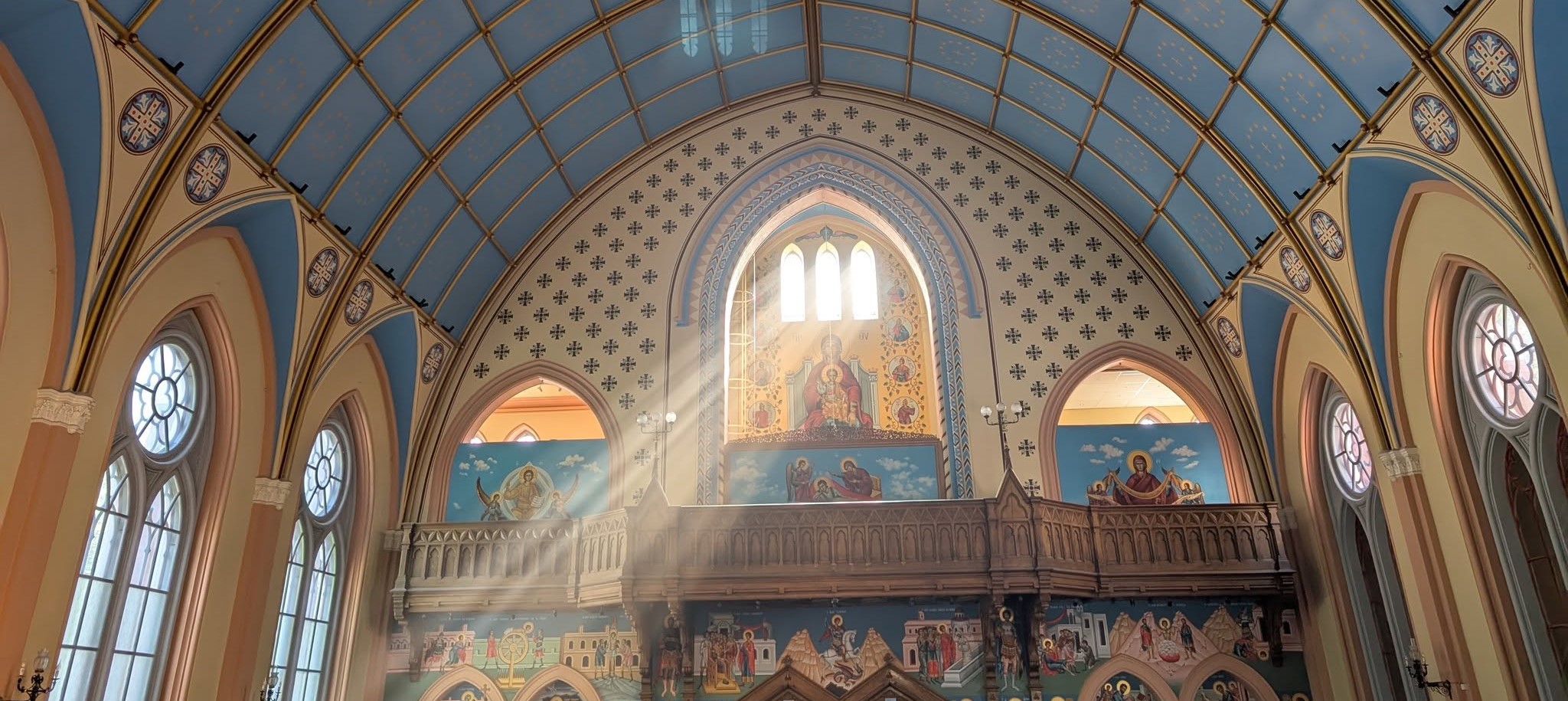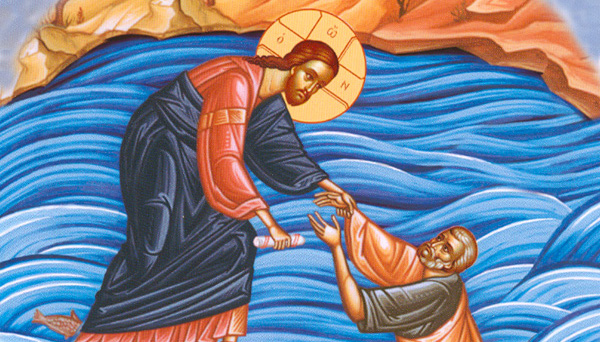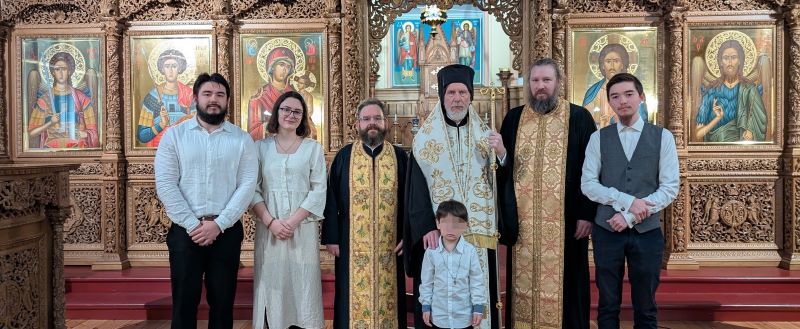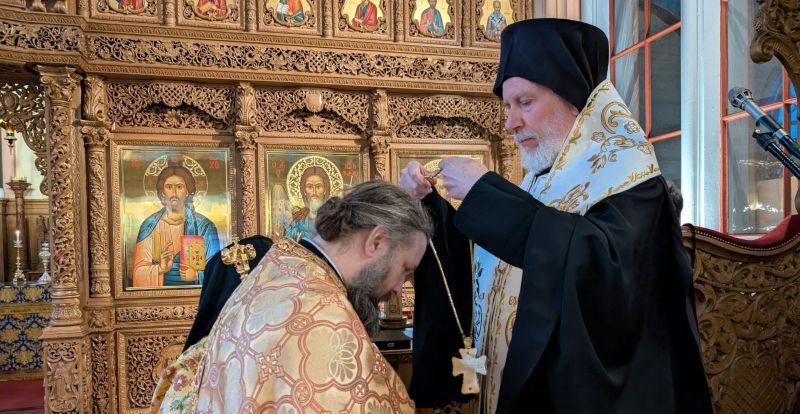St. George Cathedral of Stockholm
Dearly Beloved Brothers and Sisters in Christ,
Today, the Holy Gospel presents us with a powerful, symbolic event: our Lord walking on the sea, and His saving of the Apostle Peter who, though bold in faith at first, began to sink in doubt.
We begin with Christ sending His disciples away in a boat, while He goes up the mountain alone to pray. Saint John Chrysostom teaches that this reveals Christ’s humanity and divinity. As man, He prays. As God, He will soon walk upon the sea.
Spiritually, the boat represents the Church, and the sea, this troubled world. Christ’s physical absence from the boat reminds us of times when we feel distant from God—yet He is never far from us.
The disciples are caught in a storm. The Fathers interpret this storm as a symbol of the temptations and trials of life. The boat is “beaten by the waves,” just as we are often shaken by anxiety, suffering, and sin.
But in the fourth watch of the night—the darkest hour—Christ comes to them. According to Saint Gregory of Nyssa, this shows that God often allows difficulties to persist for a time, so that our faith may be tested and refined, but He never abandons us.
When the disciples see Him, they are terrified, thinking it is a ghost. Christ reassures them with the words, “Do not be afraid.”
Then comes the remarkable moment when Peter says, “Lord, if it is You, command me to come to You on the water.” Christ says, “Come.”

Saint John Chrysostom praises Peter’s zeal, but also notes that his faith was mixed with doubt. As long as Peter looks toward Christ, he walks upon the waves. But when he sees the wind, he begins to sink.
Saint Theophylact explains that Peter symbolizes each one of us. We step out in faith, but when we turn our eyes away from Christ and focus instead on the winds—the dangers, the distractions, the fears—we begin to sink. Yet even in that moment of weakness, Peter cries out, “Lord, save me!” And immediately, Jesus stretches out His hand and catches him.
Let us learn from this: Christ does not abandon us because of our weak faith. He is ready to save us the moment we call upon Him with humility.
Christ’s gentle rebuke is a call to deeper faith. Saint John of Damascus reminds us that faith is not merely belief—it is absolute trust in God’s presence and power, even when the storm rages around us.
Peter’s sinking did not end in death—it ended in being raised up by the hand of Christ. After entering the boat, the storm ceases, and the disciples fall down and worship Christ, saying, “Truly You are the Son of God.”
This is the proper response to the saving presence of Christ: worship and confession.
The sea of life is full of storms. Fear, suffering, and temptation threaten us, and at times we, like Peter, begin to sink, but Christ walks upon the waters of chaos. He comes to us in our darkest hour, and He reaches out His hand when we call to Him with faith.
May we always remain in the boat of the Church, and may the Lord, who calms every storm, grant us His peace and lead us to safe harbor in His Kingdom. Amen!
